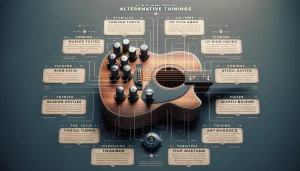Historical Context of Coinage in Revolutionary Periods
The Currency of Change: Coins in the Heat of Revolutions
Coins minted during revolutionary periods are more than just hunks of metal; they’re tangible witnesses to the chaos and vision of change. Imagine holding a coin that once jingled in the pocket of a soldier fighting for liberty or a farmer rebelling against oppression. These small, circular artifacts have silently carried the weight of financial systems collapsing, regimes crumbling, and new orders rising from the ashes.
Take the case of the American Revolution. Before independence, colonists used British coins or Spanish silver pieces. But with rebellion flaring, the idea of minting their own currency—like the iconic “Continental Currency” coins—became a bold declaration of autonomy. Each design wasn’t just practical but also pulsed with symbolic significance, featuring suns, chains, and mottos like *“Mind Your Business”*—a clever nod to self-reliance.
- Revolutionary France? The monarchy’s fleur-de-lis vanished, replaced by the republican cap of liberty.
- Latin American uprisings? Coins bore images of volcanoes, trees, and even indigenous warriors.
Coins in these eras weren’t just economic tools—they were buzzing proclamations, passed hand to hand, whispering “change is here” one transaction at a time.
Symbolism and Propaganda Through Currency
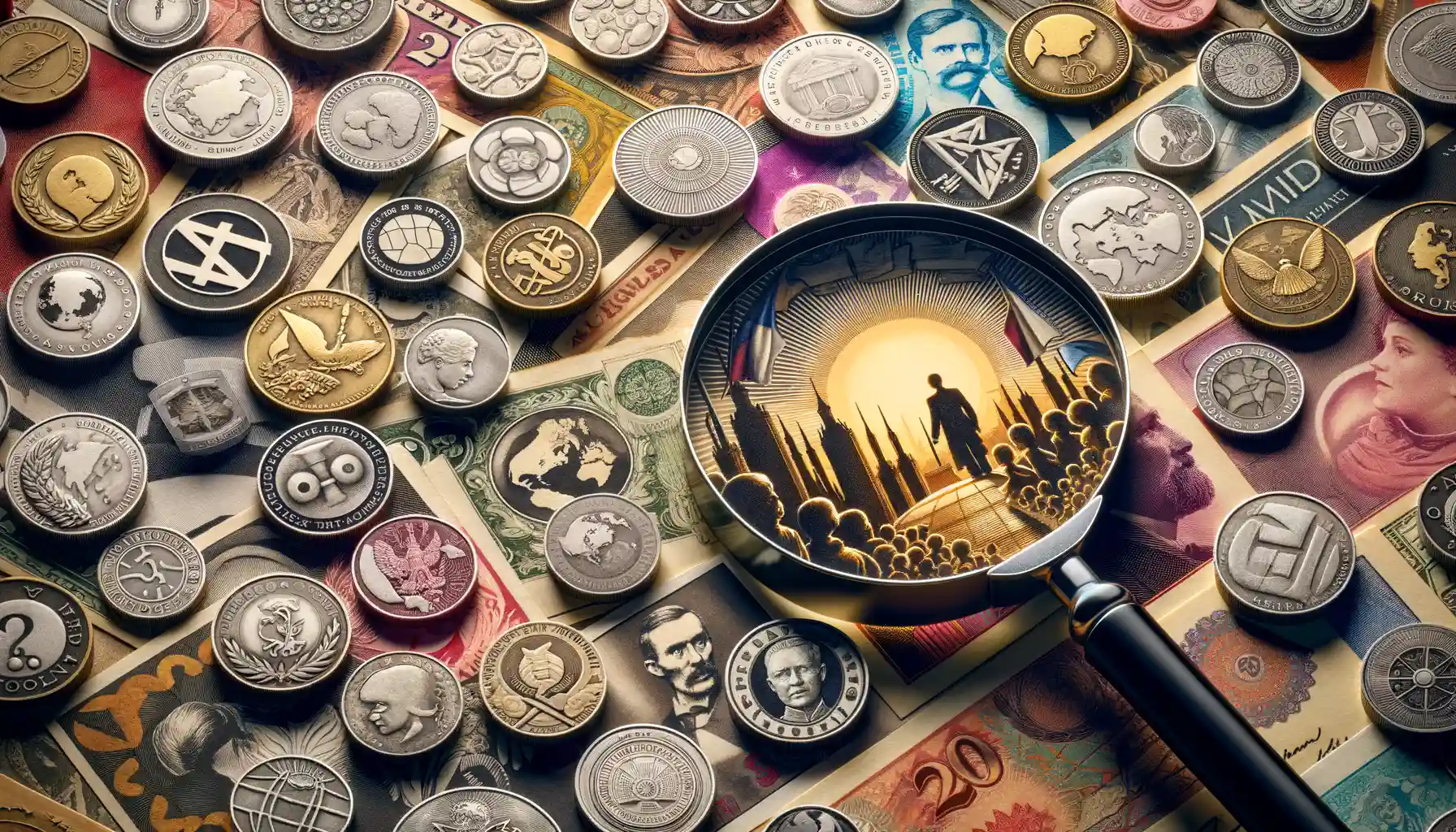
Coins as Revolutionary Storytellers
Currency isn’t just a means to an end; it’s a canvas, a megaphone, a silent declaration of ideals. During revolutions, coins became more than transactions—they became *symbols* of defiance. Imagine holding a coin imprinted with a rallying cry or the face of a newly chosen leader. That’s not just spare change in your hand—it’s power, hope, rebellion.
Revolutionary coinage often screamed its message loud and clear. Think of phrases like “Liberty and Equality” on French Revolutionary coins or the hammer and sickle etched onto Soviet rubles. These weren’t decorations; they were promises. When people saw them, they felt unity—or fear—depending on which side of the barricade they stood.
- Design: Allegorical figures like goddesses of liberty or broken chains symbolized freedom.
- Values: Dates and slogans tied each coin to historic moments, cementing propaganda in metal.
It’s fascinating: one side of a coin could inspire solidarity, while the other side chilled dissenters to their core. Revolutionary leaders knew this. Their currencies weren’t just minted—they were weaponized.
Economic Impact and Funding of Revolutions
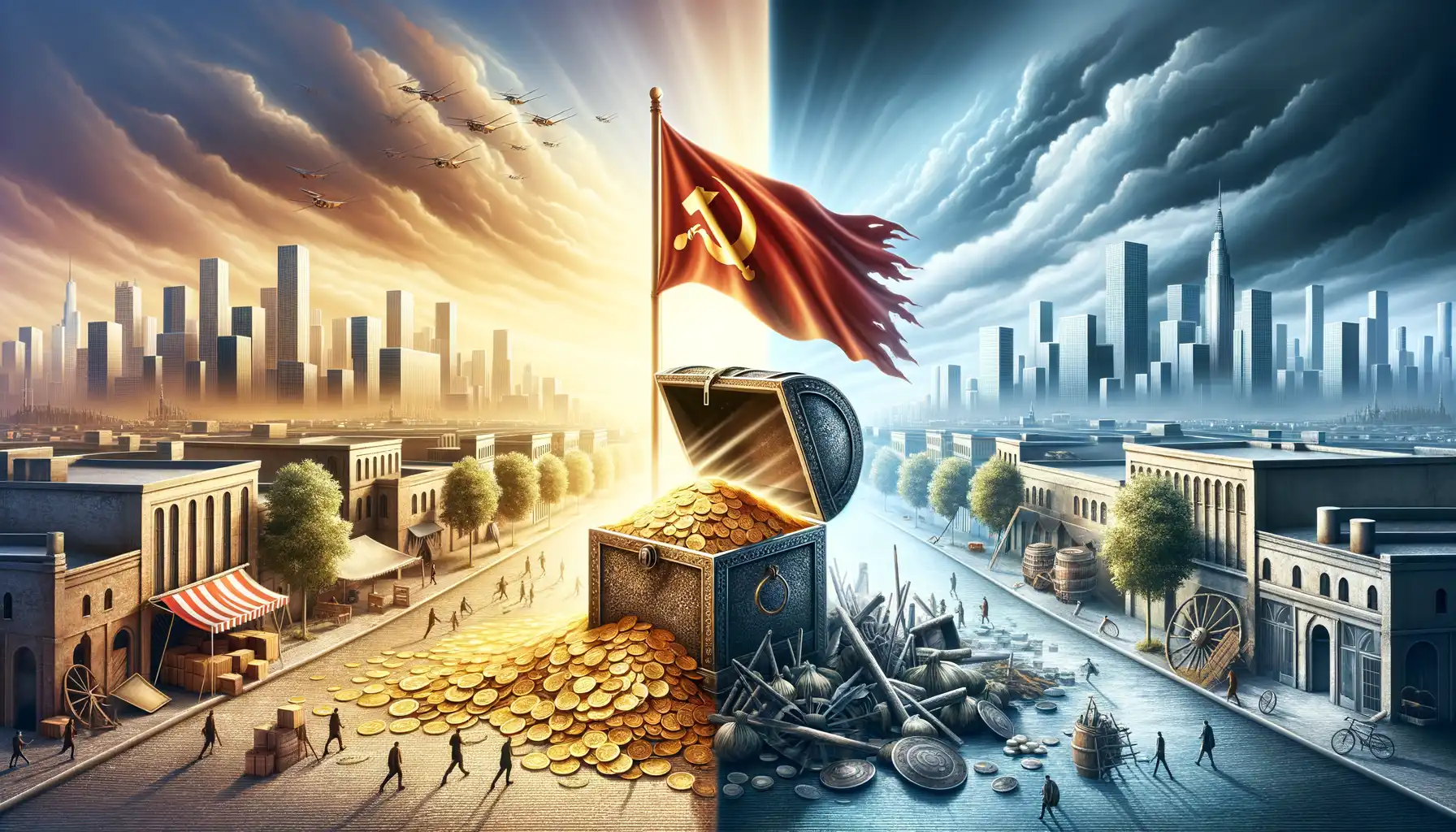
The Financial Domino Effect of Revolutionary Coinage
Revolutions, no matter how noble their cause, aren’t fueled by passion alone—they require resources. And that’s where currency becomes a silent but powerful player. Think about it: revolutions often spring up in times of economic distress, yet somehow they find ways to fund armies, print leaflets, and feed the hungry masses. How? Through the clever—and sometimes chaotic—use of coinage.
One way revolutionary movements generated funds was by minting their own coins. These currencies weren’t just monetary tools; they were bold declarations of independence from oppressive regimes. But here’s the catch: creating a new currency came with risks. If trust in the revolutionary government faltered, so did the value of its coinage. Imagine trying to buy bread with a coin that everyone suspects might be worthless tomorrow.
The result? Economic upheaval that could either rally communities behind the cause or crumble their confidence altogether.
Examples of Revolutionary Coinage Around the World
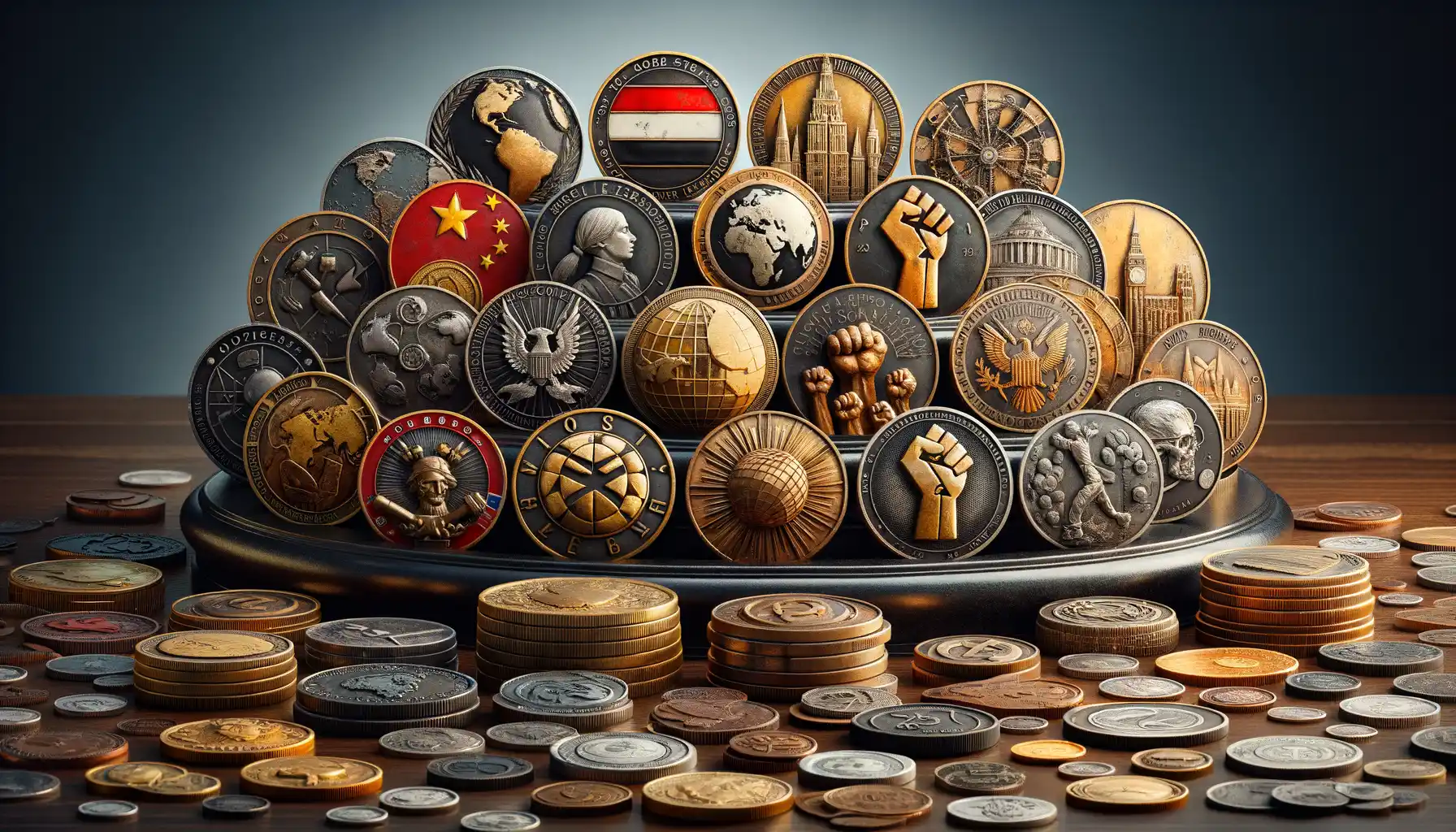
The Bold Stories Behind Revolutionary Coins
Coins minted during revolutionary times aren’t just pieces of metal—they’re snapshots of rebellion, courage, and transformation. Let’s take a global tour of some of the most striking examples where currency became a canvas for change.
France’s Revolutionary Assignats: Picture post-revolution France. In the chaotic aftermath of 1789, the monarchy had toppled, and the guillotine was making headlines. To stabilize their economy, the revolutionaries issued paper money called assignats, tying its value to confiscated church lands. But these notes weren’t just economic tools—they were political statements, emblazoned with liberty trees and slogans like “Nation, Law, King.” Every coin or bill in your hand screamed revolution.
Mexican War of Independence Coinage: Fast forward to early 19th-century Mexico. Rebel leaders, short on resources but rich in vision, created emergency coins. These were rough and ready, often struck from melted-down silver looted from Spanish coffers. Some bore inscriptions like “Viva la Independencia!”—a rallying cry burned into metal so no one could forget what they were fighting for.
- American Revolutionary War Coins: The first American currency wasn’t just symbolic—it was defiant. Featuring Latin mottos like “Mind Your Business” and an image of a rattlesnake, these coins proudly announced: mess with us at your own peril.
- Russian Civil War Money: After 1917, the Bolsheviks introduced coins that rejected imperial opulence. Gone were tsarist symbols; in their place, worker’s tools and wheat stalks celebrated the rise of the proletariat.
Each revolutionary coin holds a whispered story, a call to arms or hope, passed hand to hand. Isn’t it remarkable how something as small and ordinary as a coin can become a weapon of change?
Legacy and Modern Perspectives on Revolutionary Coinage
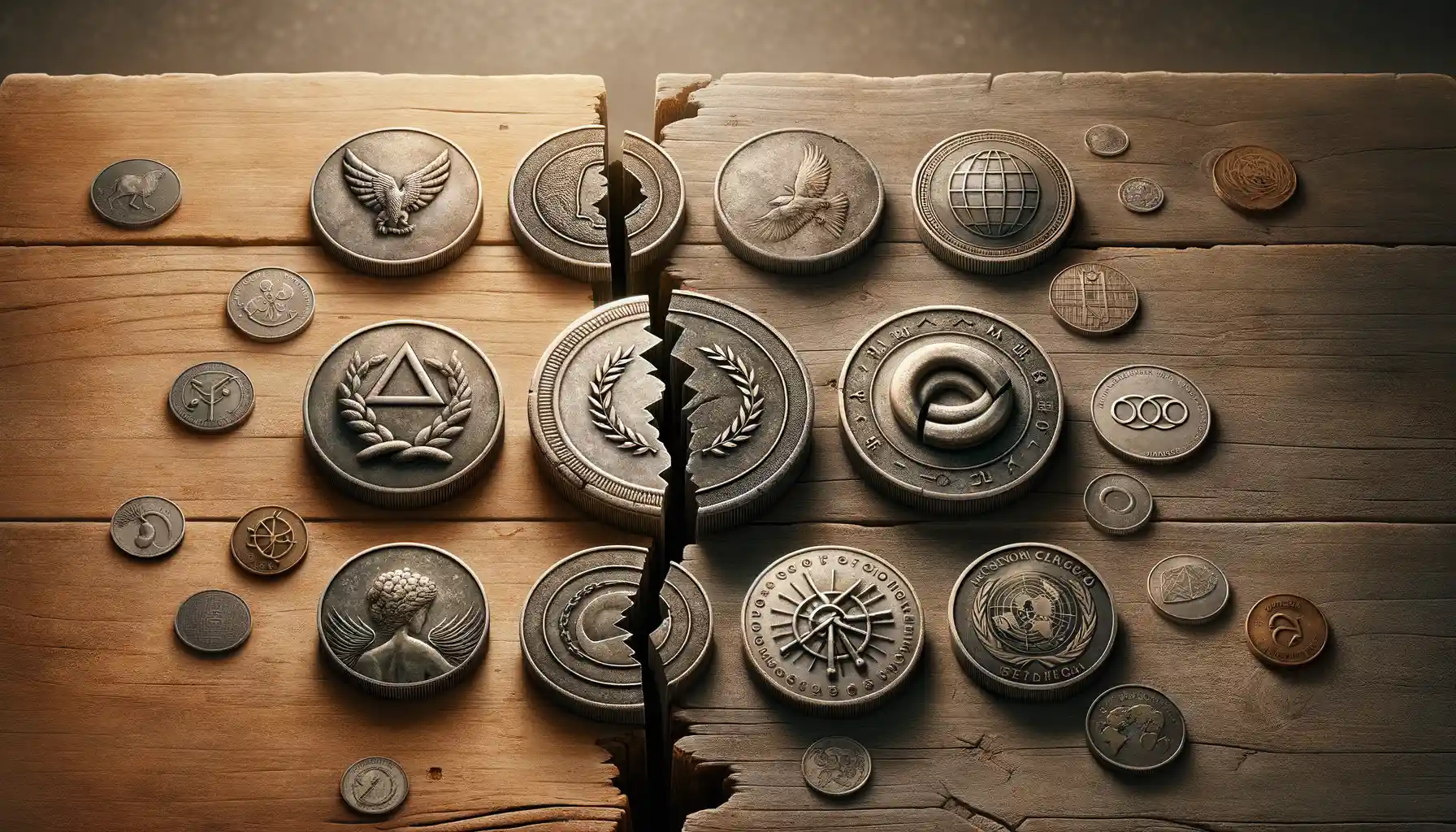
How Revolutionary Coins Shaped Stories and Memories
Revolutionary coinage isn’t just metal stamped with symbols—it’s a physical imprint of history, a voice from the past that whispers stories of defiance, hope, and transformation. After a revolution ends, these coins often live on as artifacts, collectors’ treasures, or even emotional heirlooms passed down through generations.
Think about it: a single coin might have helped fund a rebellion or been carried in the pocket of someone who risked their life for change. The symbolism doesn’t fade over time. In fact, it can intensify. Take the **”Libertad” coins minted during Latin American independence movements**—these weren’t just currency; they became enduring symbols of freedom that still resonate today.
Modern Reflections: Currency as Culture & Ideology
Today, the echoes of revolutionary coinage continue to ripple. Modern governments sometimes issue commemorative coins featuring past revolutions. These coins aren’t circulated widely but remind us of shared struggles. Think of them as time capsules, uniting the financial with the philosophical.
Even now, cryptocurrency has taken a revolutionary stance of its own. Could Bitcoin or other decentralized currencies be modern-day forms of rebellion? It’s a provocative thought—and one worth holding, like a rare coin, in your hand.



